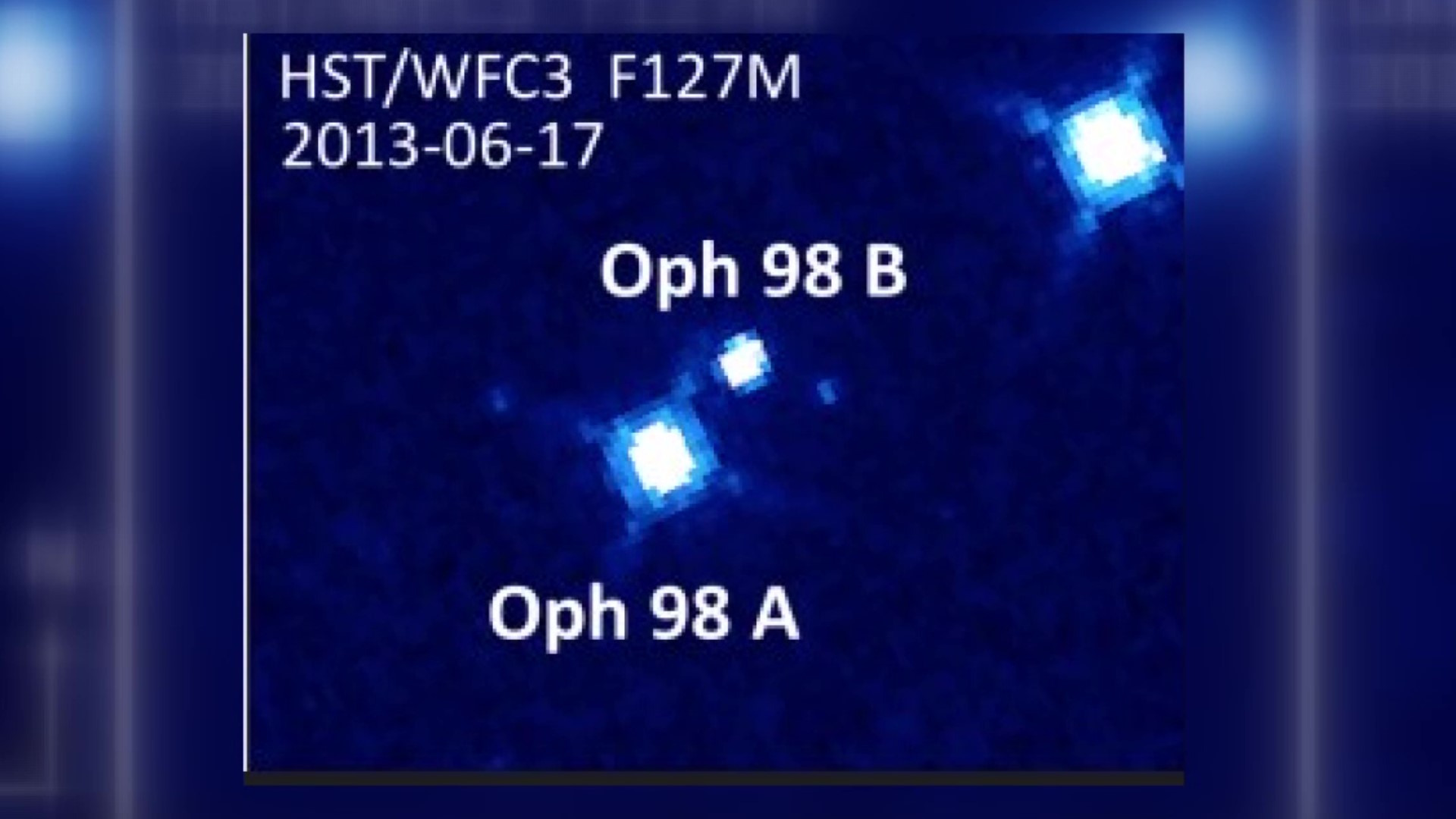LEWISBURG, Pa. — Katelyn Allers is a physics and astronomy professor at Bucknell University, and she has been studying the galaxy for a long time. Recently Allers and Bucknell researcher Blake Pantoja were part of an international team that made a big discovery — a new binary planetary system.
"These are very low-mass objects that have formed in this double system," Allers explained.
The team used the NASA Hubble Space Telescope to create the image of the objects called Oph 98.
"What Hubble allowed us to do with this was to look at a particular type of light that was sensitive to water vapor in the atmosphere of Oph 98b that allowed us to confirm that this was indeed this very low mass of interesting planetary-mass object."
An artist's drawing shows the two brown dwarfs that make up the new binary planetary system.
Allers says brown dwarfs are smaller than stars but bigger than planets.
"They're the lowest mass outcome of how stars form, but they also allow us to study planets because they're higher-mass objects."
The brown dwarfs are 450 light-years away and cannot be seen by the naked eye. Data from the Hubble Space Telescope allowed researchers to see the system.
"But they're moving very, very slowly across the sky. If they're moving together, that means they're associated with one another."
The researchers from Bucknell have been awarded time at the Gemini Observatory in Hawaii to continue their research. They plan to use the telescope to get a more detailed look at the atmosphere of the new planetary system.

